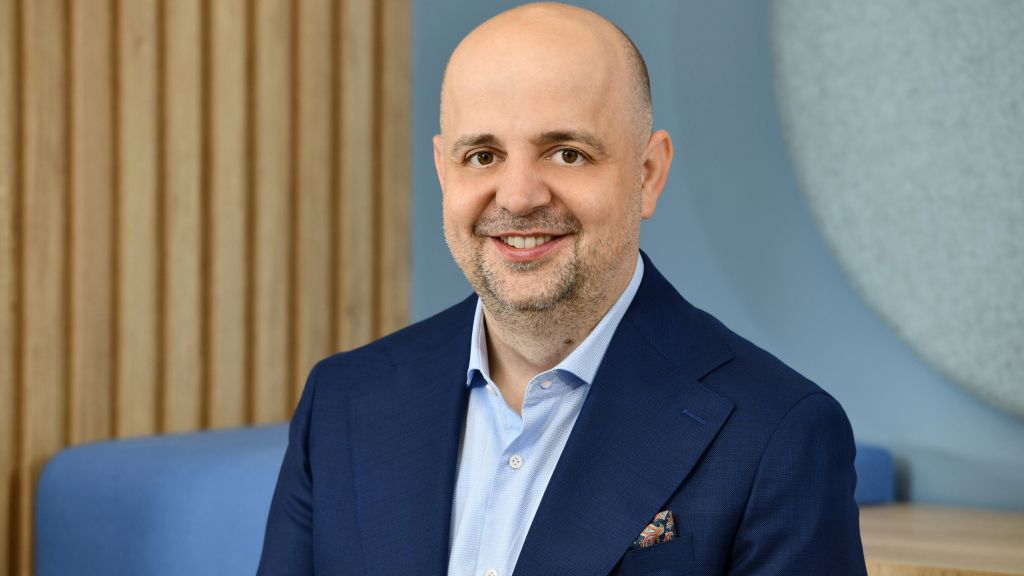Despite a seemingly tough year and difficult context, the pharmaceutical sector has managed to pull off some growth in 2012 and continue the upward trend. In 2012, according to BMI, the pharmaceutical market is expected to reach RON 13.6 billion, a 6.7% increase over 2011. According to the same source, in 2016 the market will reach a value of RON 18.89 billion and a compounded annual growth rate (CAGR), over the period 2013-1016, of 8.6%.
Despite the quite recent change in the reimbursement mechanism which favors generic drugs and despite the fact that the low GDP per capita means that patients are unlikely to be able to afford the most expensive drugs, generic penetration is not expected to increase significantly.
Despite the rosy surface image, the sector does not seem able to evolve away from recurrent themes which impact it mostly in a negative way: deep underfunding, long payment terms, claw-back tax, and reimbursement lists.
The claw-back tax
The claw-back was introduced in 2009 through an Emergency Ordinance, in an attempt to increase revenues for the public health insurance system so the government can pay bills within legal deadlines. However, this was decided under the assumption that drug suppliers are the main trigger for budget overruns, without any regard to the lack of prescription control mechanisms in place. Since the claw-back mechanism, as it was initially designed, did not produce the desired results, various new versions of the mechanism have been proposed. Since September 2012, we have the claw-back version 4, with the following key amendments:
• Value-added tax is excluded from the calculation of the quarterly consumption reimbursed by the NHIH and the quarterly budget for reimbursed drugs;
• The budget ceiling for reimbursed drugs increases from RON1.425 billion to RON 1.515 billion;
• Market authorization holders or their appointed representatives have to declare and fully pay the claw-back tax within 30 days from the implementation of the Government's Emergency Ordinance to be able to benefit from the cancelation of any potential penalties.
Still, under the latest version of the claw-back tax and after a lot of opposition, pharmaceutical producers are forced to pay the tax, not only on their turnover, but also on the margins of the wholesalers and retailers. Another criticism of the mechanism relates to the negative impact the claw-back has on the cheap generic drugs with tight margins which might become loss making under the current mechanism.
As per IMF Staff Report, Fifth Review under the Stand-By Arrangement, the recently introduced claw-back tax will be fully used to pay down unregistered bills revealed during the stocktaking exercise and recorded at end-2011. This could be one explanation why the authorities require payment of claw-back tax four times per year, while the drugs continue to be reimbursed after almost one year.
Underfunding deepens
As a general note, the total level of consolidated state budget income, well below the EU average, prevents the authorities to properly finance the healthcare sector and not only.
In Romania, as in most European countries, the main source of financing the healthcare spending is the public sector, which relies heavily on the on the social healthcare system. Approximately 80% of the healthcare spending is covered by the public sector, with the rest of the financing coming from the private sector. As to the health insurance contributions, at 10.7%, they are among the lowest in Europe. Romania cut the contributions from 12.5% to 11% in 2008 and again, in 2009, to 10.7%. The decrease in health insurance contribution, the onset of the crisis, combined with the removal of the threshold for reimbursed drugs, deepened the lack of resources and contributed the strong increase in payment of reimbursed drugs. The measures taken by the Government, as a counterbalance such as the claw-back tax, contributions paid by pensioners, have not yielded the expected results.
The Directive 2011/7/EU of the European Parliament and of the Council on combating late payment in commercial transactions forces Romania to become compliant beginning with 2013 and reduce payment terms to 60 days. Given the current context, the task seems at this point rather impossible.
The increases in payment terms, as well as the lower prices for ethical drugs have determined traders to move towards parallel exports as a means to mitigate local market risks. There is the fear that an increased level of parallel exports might lead to drug shortages for internal use.
Reimbursement list
According to CEGEDIM, there are approximately 140 new molecules pending reimbursement approval. The last significant update of the reimbursement list has been done in 2008, with minor updates in 2009 and 2011, mainly with HIV, oncology and orphan drugs. Most of the molecules pending approval are for cancer, HIV, diabetes, cardiac diseases, nervous system and rare diseases.
Healthcare reform
As part of its on-going agreement with IMF, Romania’s progress on the way to reform the healthcare sector is a key issue. According to IMF Staff Report, Fifth Review under the Stand-By Arrangement: “The health system constitutes the single largest threat to medium-term fiscal sustainability, as it relies on government budget transfers of nearly ½ percent of GDP (on top of social contributions)”.
The new healthcare law, if approved, is expected to boost the healthcare expenditure. An important aspect of the bill is the introduction of private insurers and consequently the competition between public and private health insurance companies.




























